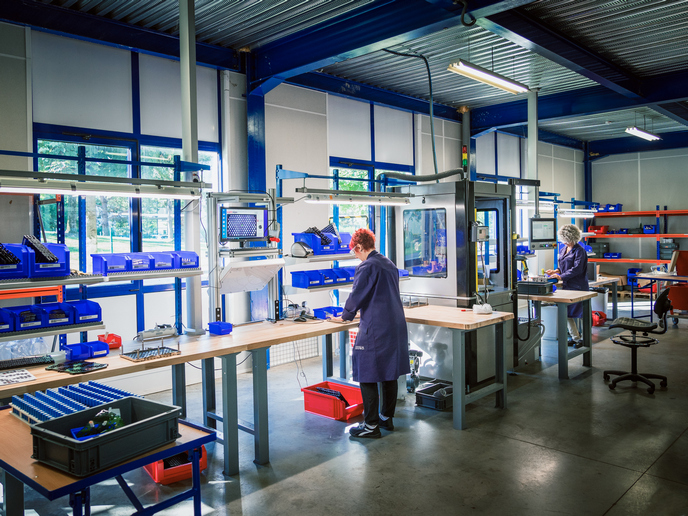Sounds nice: making better urban noise
The world of today is facing a number of changes. The population in European cities like London, Rome and Paris is increasing dramatically. The concentration of people in large cities in turn increases the impact of traffic on the environment and in particular, traffic noise. There is however large potential for reducing the noise nuisance problem, if providers of road infrastructure, as well as city councils give the necessary support. By combining their efforts, substantial achievements in noise reduction can be gained based on existing technology and advancements from current research. To contribute to the reduction of traffic noise burden in large cities, the European Commission decided to fund the Silvia project. Initiated by the Forum of European National Highway Research Laboratories (Fehrl), this project aimed to derive the full benefit from the use of low-noise road surfaces. Over the past 20 years various types of low-noise road surfaces have been introduced, including thin asphalt concrete and stone mastic asphalt. Despite advances in the construction of these road surfaces, they are still not widely used even though they represent a relatively inexpensive means of reducing traffic noise. Building substantially quieter road surfaces does not necessarily incur additional costs, unlike, for example, the construction of roadside noise barriers. However, their porosity can deteriorate over time, leading to a reduction in their noise-reducing properties. Methods are therefore required for monitoring their performance. Within the framework of the Silvia project, the use of maximum length sequence-based measurement techniques has been shown to be effective in determining the acoustic absorption spectra of surfaces. Researchers have optimised these techniques for use under static as well as dynamic conditions. Trial measurements have demonstrated the stability of this approach at towing speeds of up to 30 km/h for good quality road surfaces, such as those that have recently been laid. With further development, it may also be feasible to use such techniques to routinely assess the performance of older or more heavily trafficked roads. The 'European guidance manual on the utilisation of low-noise road surfacings', the final output of the project, is the compilation of all the key research findings. It takes into account the fact that it should ideally be possible to make use of the content without any particular expertise in road building. The project partners' hope is that this manual will help decision-makers to rationally plan noise mitigation measures by combining low noise surfaces with other noise control measures.







